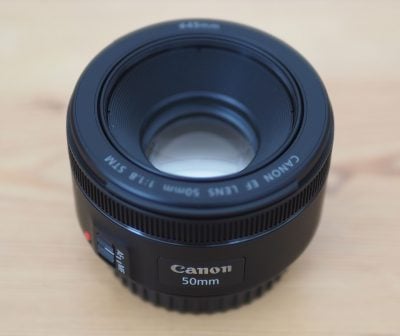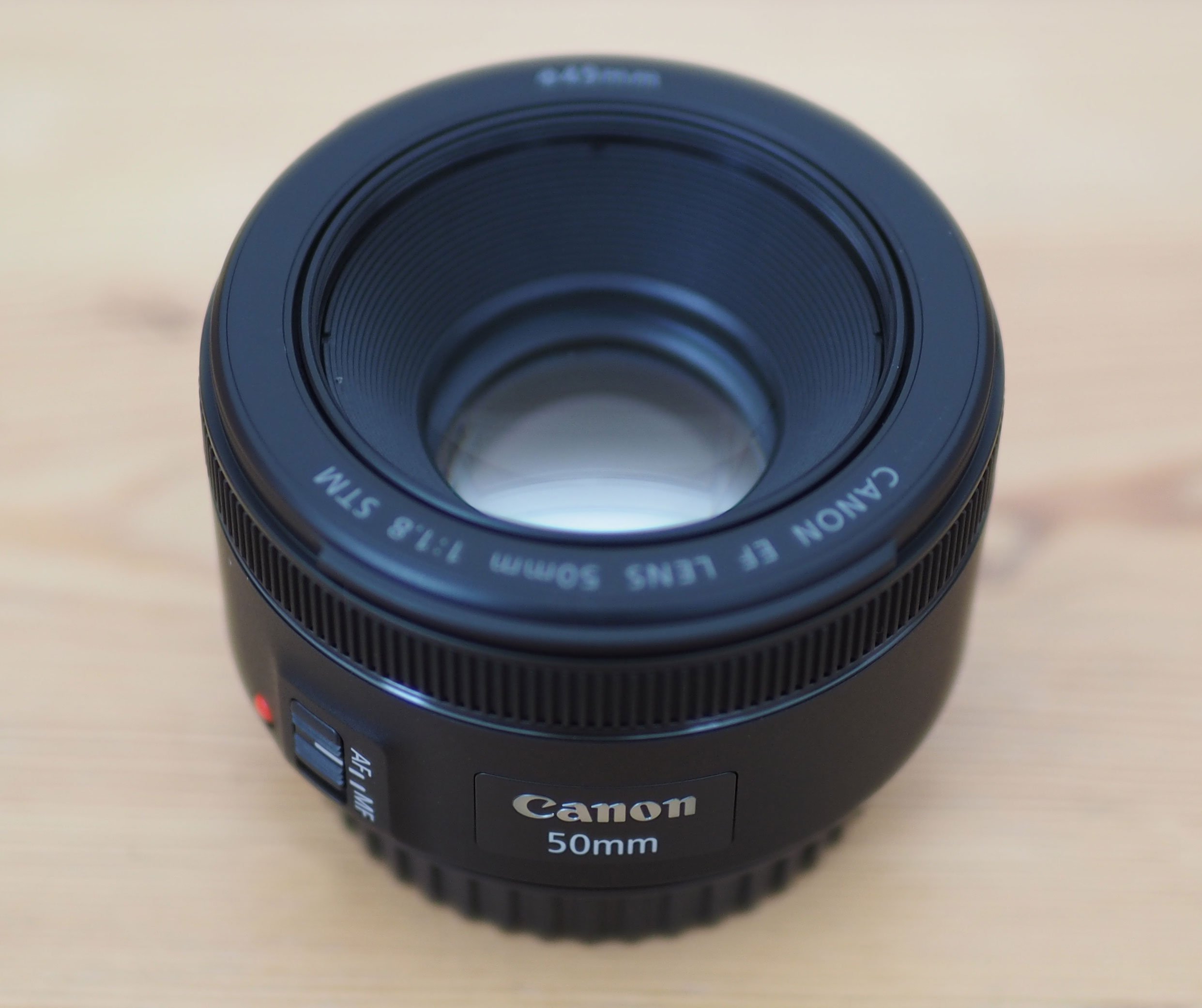
Canon EF 50mm f1.8 STM review
-
-
Written by Gordon Laing
Quality
To evaluate the real-life performance of the Canon EF 50mm f1.8 STM, I shot this exterior scene at every aperture setting using a full-frame Canon EOS 5D Mark III mounted on a tripod. The 5D Mark III was set to 100 ISO and the lens focused on the center of the composition. The corner and center crops shown below were taken from the areas marked with the red rectangles below and presented at 100%.
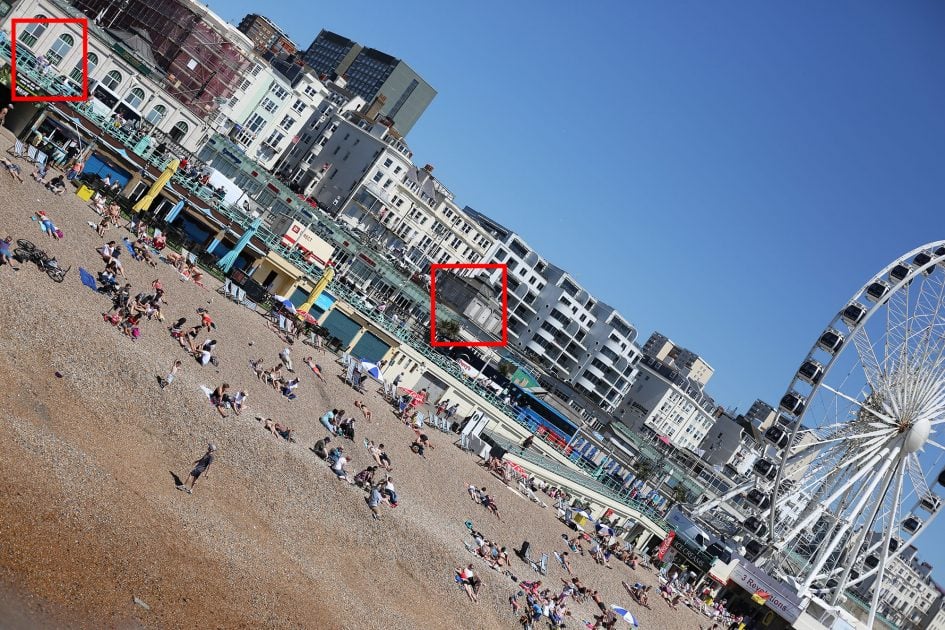
The first thing to note from the crops below is just how good both the latest EF 50mm f1.8 STM and the old EF 50mm f1.8 II are, even when mounted on a full-frame body. Sure there’s some vignetting (darkening in the corners) and a little softness in the far corners at the largest apertures, but it’s impressive just how well these low-cost Canon lenses perform for the money. Close them to f2.8 and the sharpness in the corners improves a lot, while vignetting is virtually eliminated. By f4, both are looking very crisp and at f5.6 I’d say they reach their maximum sharpness. You’ll continue to enjoy good results up to f11, but beyond here the effects of diffraction begin to kick-in with a gradual softening of the image.
As for new versus old, I’d say the later EF 50mm f1.8 STM is a little sharper in the corners at the largest apertures, but scroll down to the crops taken from the middle of the frame and you’ll see it’s noticeably crisper in the centre than the old model, resolving finer details in the grills.
The bottom line is both lenses perform better than you might expect, but the newer version is superior, especially in the centre at large apertures. Couple this with the smoother focusing, closer focusing, more rounded aperture blades and tougher lens mount and I’d say it’s worth spending the extra.

Above left: EF 50mm f1.8 II, above right: EF 50mm f1.8 STM. 100% crops from corners at f1.8

Above left: EF 50mm f1.8 II, above right: EF 50mm f1.8 STM. 100% crops from corners at f2

Above left: EF 50mm f1.8 II, above right: EF 50mm f1.8 STM. 100% crops from corners at f2.8

Above left: EF 50mm f1.8 II, above right: EF 50mm f1.8 STM. 100% crops from corners at f4

Above left: EF 50mm f1.8 II, above right: EF 50mm f1.8 STM. 100% crops from corners at f5.6

Above left: EF 50mm f1.8 II, above right: EF 50mm f1.8 STM. 100% crops from corners at f8

Above left: EF 50mm f1.8 II, above right: EF 50mm f1.8 STM. 100% crops from corners at f11

Above left: EF 50mm f1.8 II, above right: EF 50mm f1.8 STM. 100% crops from corners at f16

Above left: EF 50mm f1.8 II, above right: EF 50mm f1.8 STM. 100% crops from corners at f22
Canon EF 50mm f1.8 II vs EF 50mm f1.8 STM centre quality
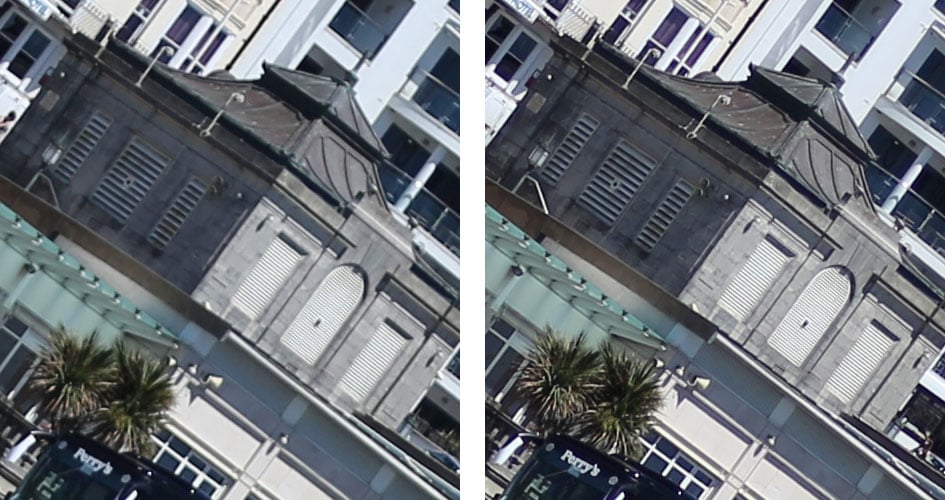
Above left: EF 50mm f1.8 II, above right: EF 50mm f1.8 STM. 100% crops from centres at f1.8
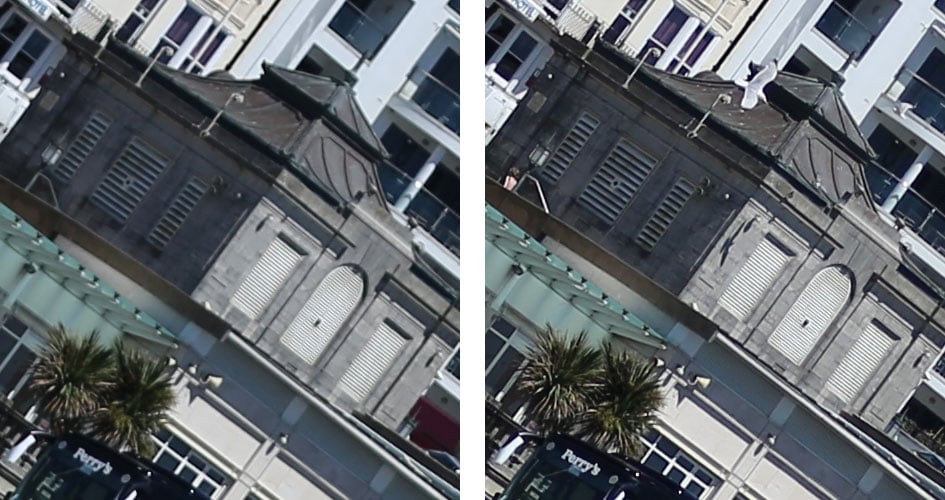
Above left: EF 50mm f1.8 II, above right: EF 50mm f1.8 STM. 100% crops from centres at f2
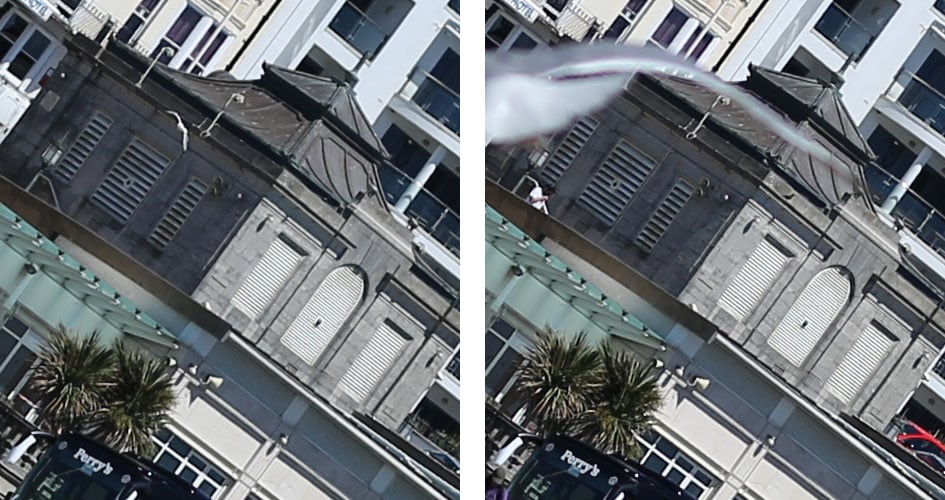
Above left: EF 50mm f1.8 II, above right: EF 50mm f1.8 STM. 100% crops from centres at f2.8
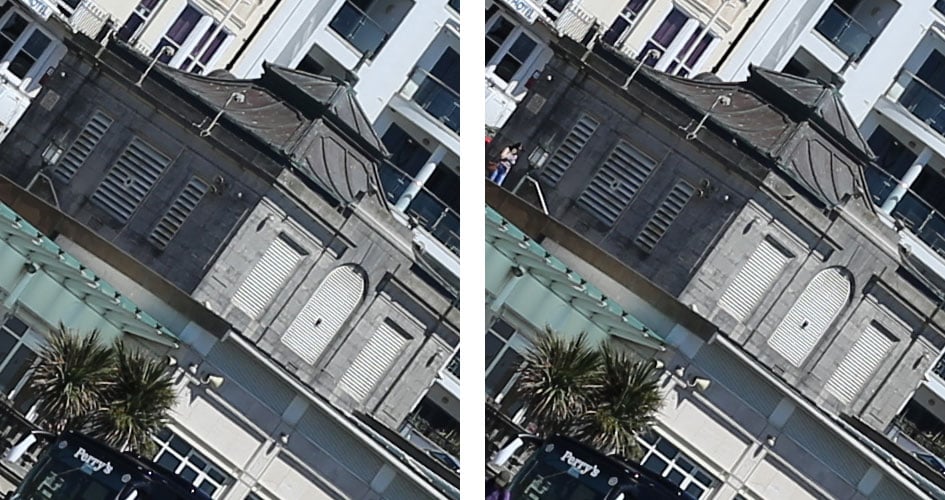
Above left: EF 50mm f1.8 II, above right: EF 50mm f1.8 STM. 100% crops from centres at f4
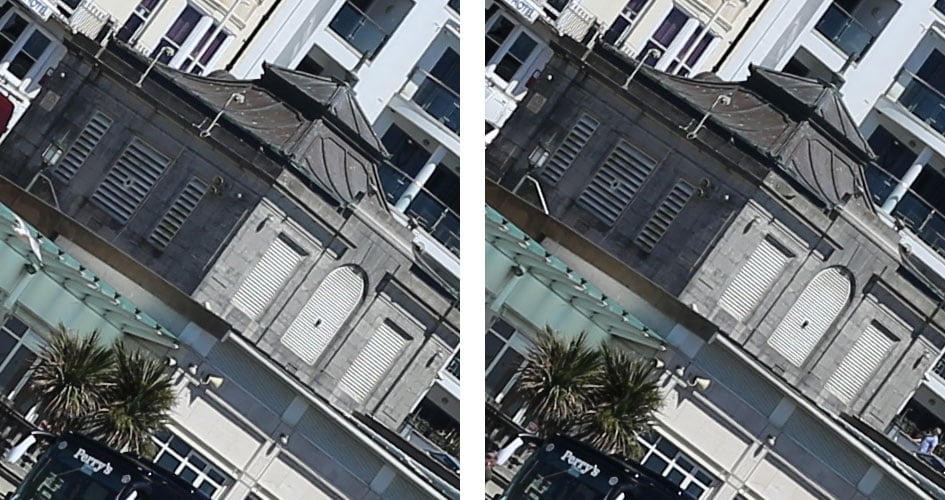
Above left: EF 50mm f1.8 II, above right: EF 50mm f1.8 STM. 100% crops from centres at f5.6
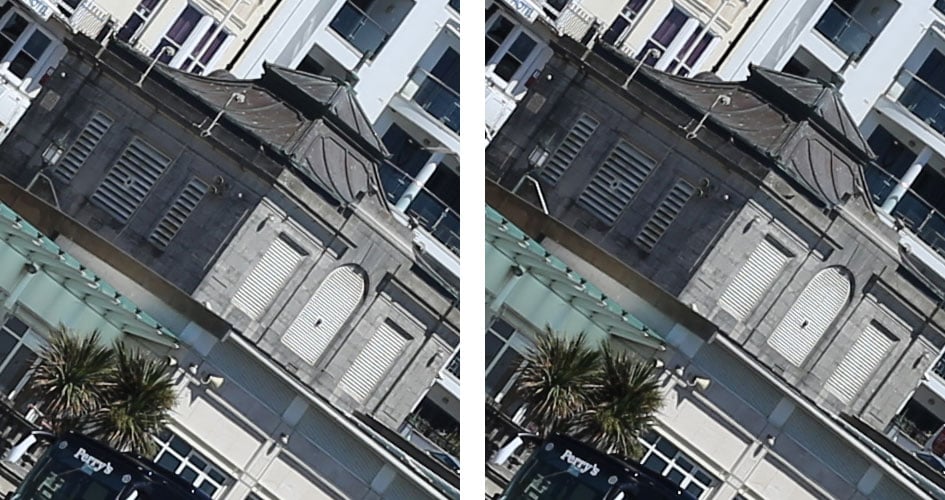
Above left: EF 50mm f1.8 II, above right: EF 50mm f1.8 STM. 100% crops from centres at f8
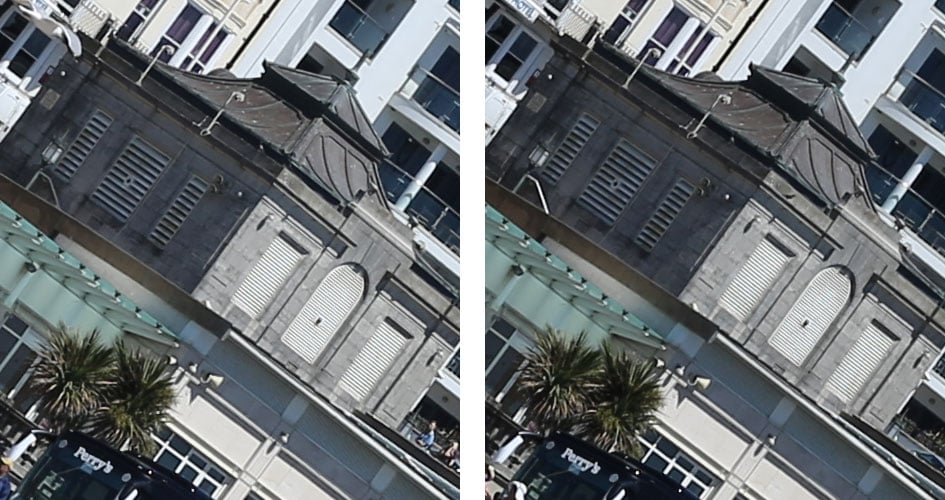
Above left: EF 50mm f1.8 II, above right: EF 50mm f1.8 STM. 100% crops from centres at f11
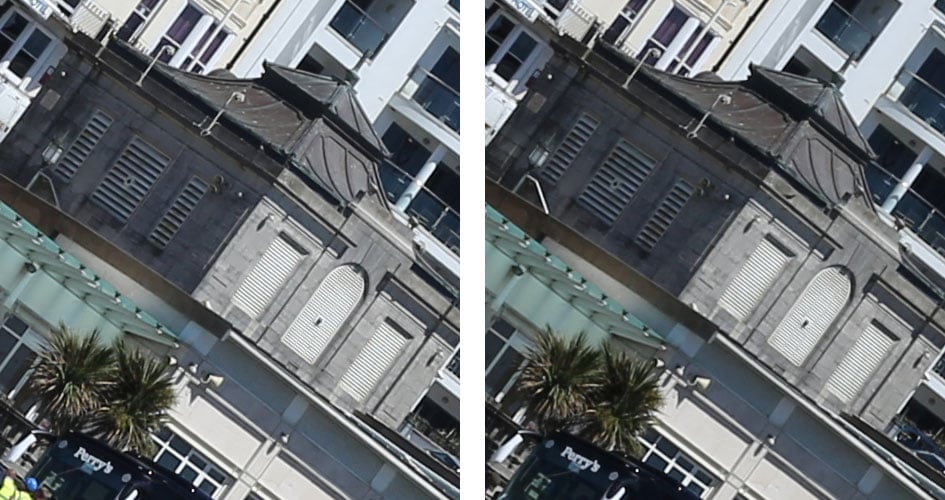
Above left: EF 50mm f1.8 II, above right: EF 50mm f1.8 STM. 100% crops from centres at f16
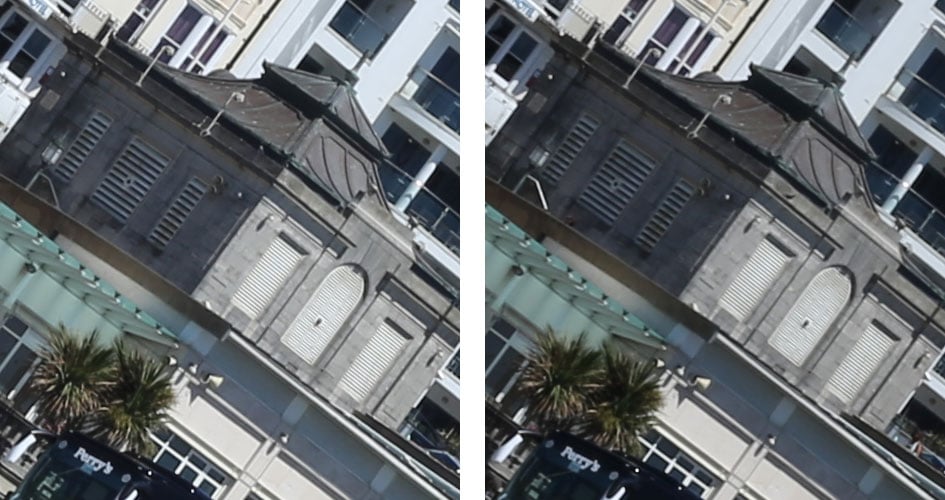
Above left: EF 50mm f1.8 II, above right: EF 50mm f1.8 STM. 100% crops from centres at f22
Next check out my sample images from APS-C and full-frame bodies or skip to my verdict.




